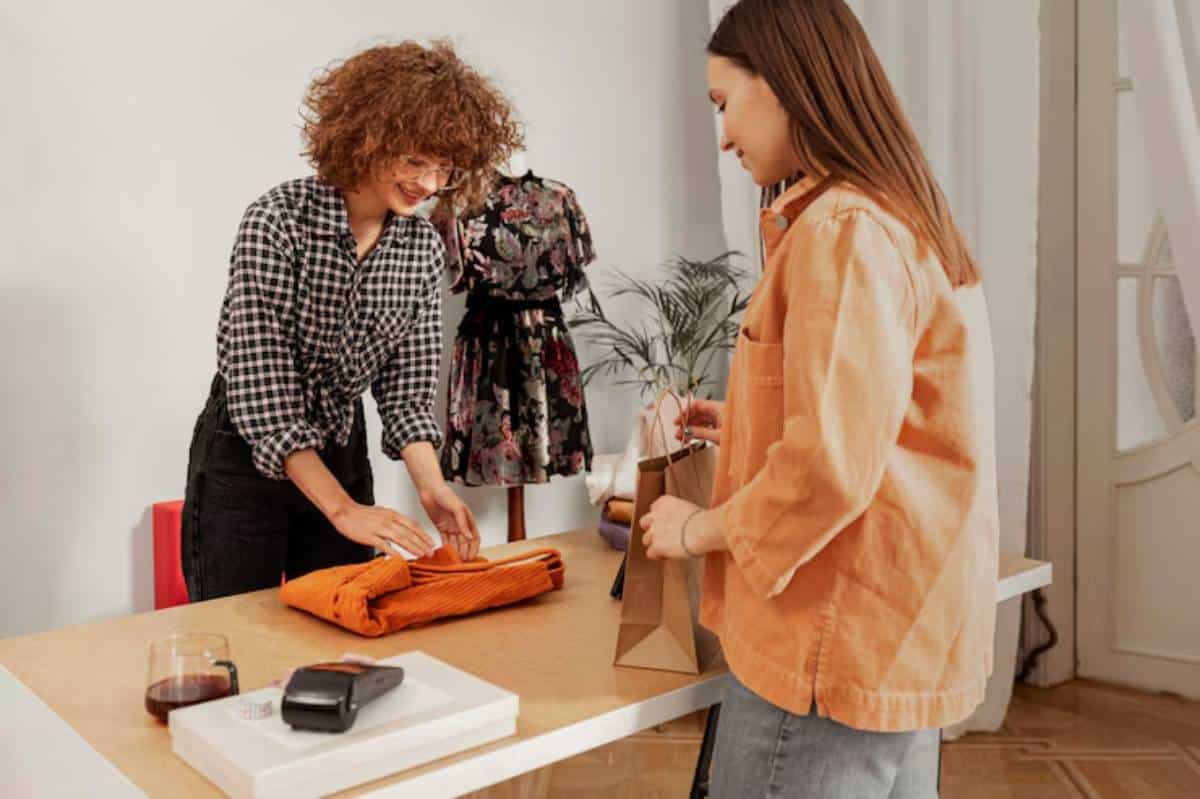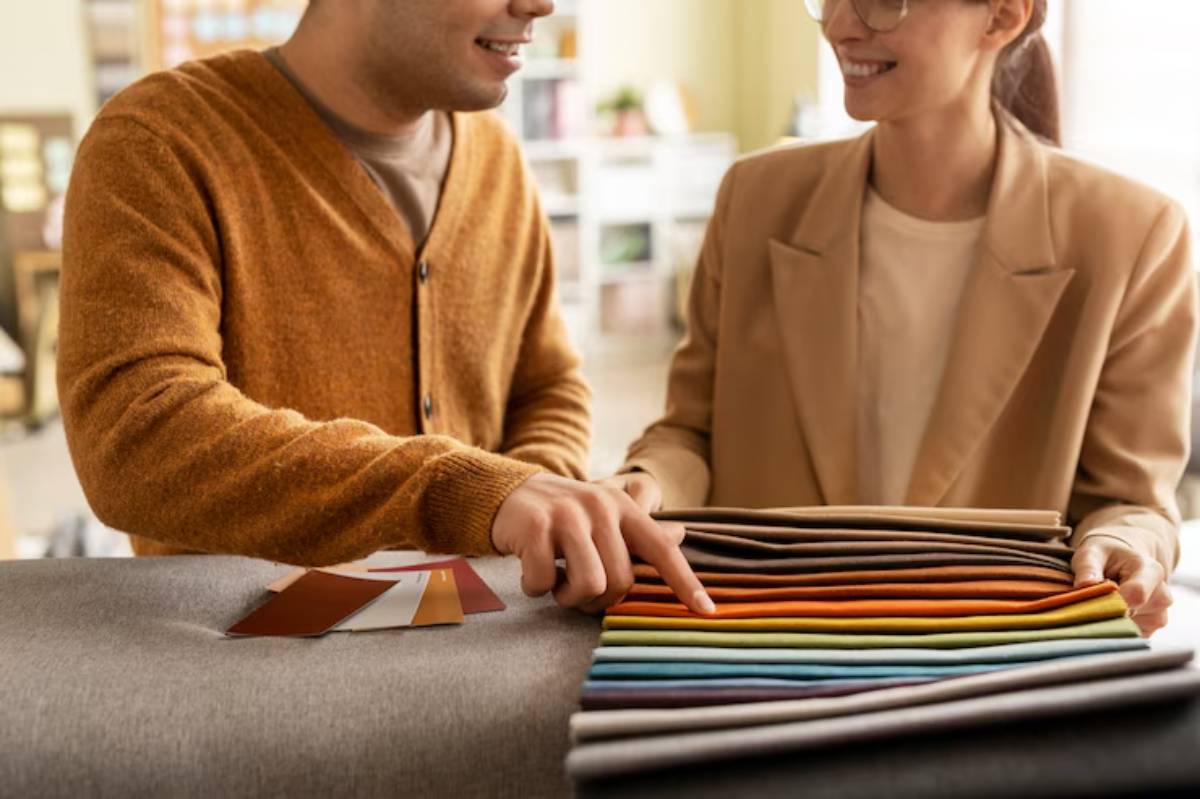
How to Identify Eco-Certified Fabrics While Shopping
Demystifying the Green Fashion Labels
Have you ever stood in a changing room, checking a label that claims to be “eco-friendly” and wondered what it really means? You’re not alone. With sustainability becoming a fashion buzzword, it’s harder than ever to separate genuine eco-certified fabrics from clever greenwashing.
As a conscious shopper, you want to make better choices, but vague tags and industry jargon can muddy the waters. That’s where this guide steps in.
In the next few minutes, you’ll gain a solid understanding of what sustainable fabric certifications actually mean, how to identify trustworthy eco labels, and what to look out for when shopping for green clothing. Whether you’re shopping online or in-store, this is your go-to eco fashion guide for informed and ethical purchases.
Why Fabric Certifications Matter
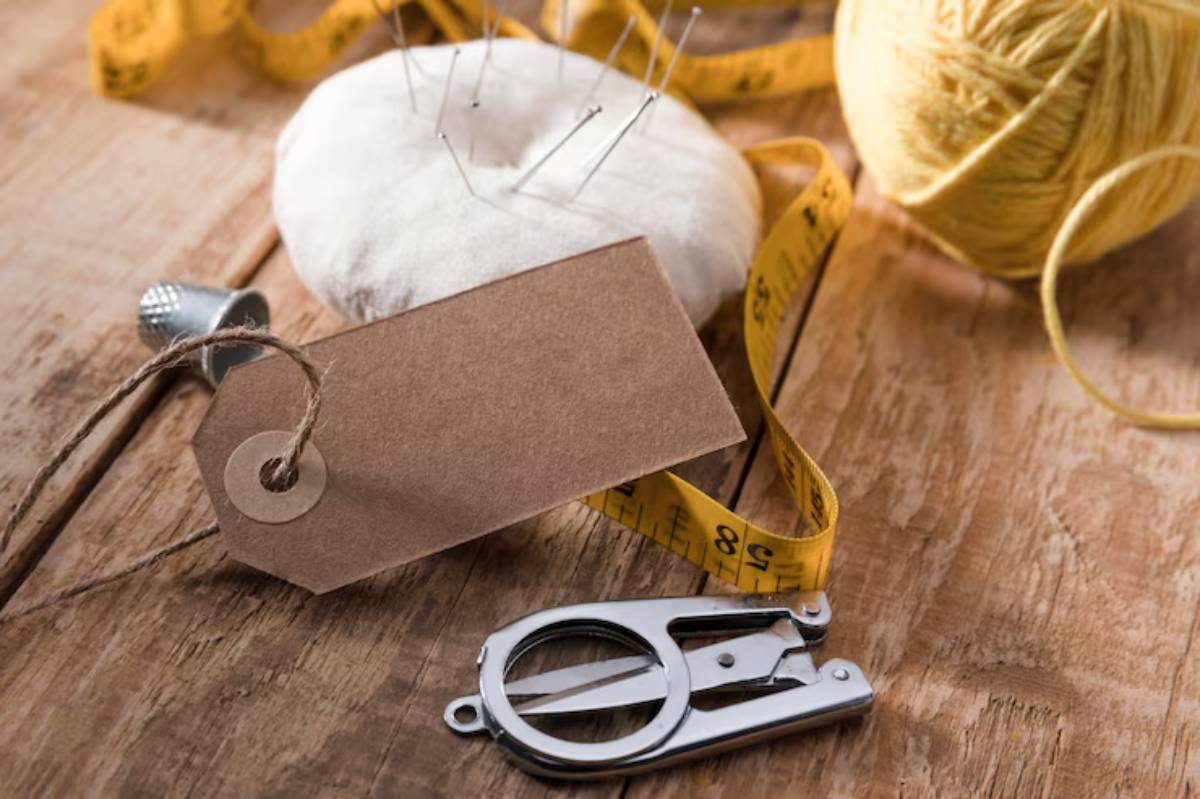
Going Beyond the Tagline
Brands love to say they’re “sustainable”, but without verification, those claims don’t mean much. That’s where certifications come in. They act like report cards for textiles, showing whether the fabric was produced ethically, using environmentally sound methods.
What a Certification Covers
A legitimate eco-label usually assesses factors such as:
- Water and energy use in production
- Use of harmful chemicals or dyes
- Fair labour practices and working conditions
- Recyclability or biodegradability of the textile
- Impact on biodiversity and ecosystems
If a garment’s fabric is certified sustainable, it’s more than just a marketing claim — it’s been vetted by third-party experts.
Top Sustainable Fabric Certifications to Know
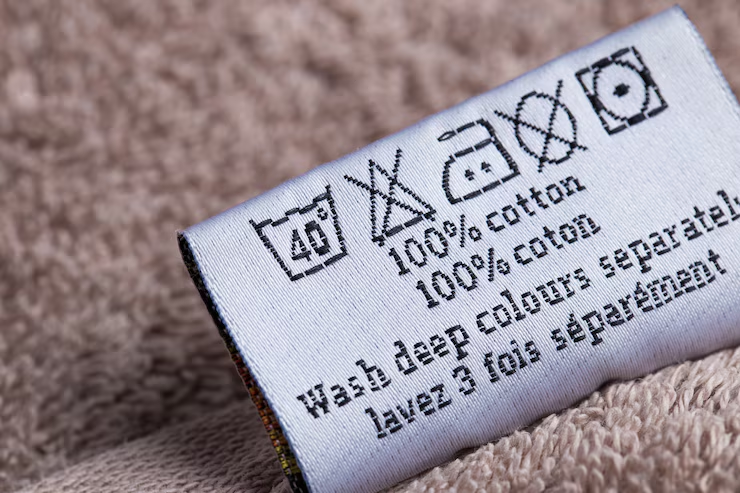
Let’s examine the major players in green-label clothing. If you spot any of these on a garment tag or product page, you’re on the right track.
1. GOTS – Global Organic Textile Standard
Perhaps the most trusted of them all, GOTS ensures that the fabric is made with at least 70% organic fibres and processed without toxic chemicals. It also ensures social standards like fair wages and safe working conditions.
How to spot it: Look for the GOTS logo — a green circle with a white T-shirt in the middle.
Covers: Organic fibres, chemical use, water treatment, worker rights
Commonly found on: Organic cotton, linen, hemp clothing
2. OEKO-TEX Standard 100
OEKO-TEX doesn’t require a fabric to be organic, but tests for over 100 harmful substances. It’s widely used and often found on everyday wear.
How to spot it: A rectangular label saying “STANDARD 100 by OEKO-TEX” with a testing institute number.
Covers: Chemical residues in finished textiles
Commonly found on: Underwear, baby clothes, loungewear
3. Fair Trade Certified Textile Standard
This certification focuses on the social and ethical side of fashion. It guarantees workers are paid fair wages, work in safe conditions, and are not exploited.
How to spot it: A small black-and-white badge with two figures holding hands.
Covers: Fair wages, working conditions, and community impact
Commonly found on: Cotton T-shirts, basics, accessories
4. Cradle to Cradle Certified™
This one looks at a product’s entire lifecycle — from how it’s made to how it breaks down. A Cradle to Cradle label means the fabric is circular and has minimal environmental impact.
How to spot it: Look for a square logo featuring a circle made of arrows and a grading scale (Bronze to Platinum).
Covers: Material health, product reuse, clean air, and social fairness
Commonly found on: High-end eco fashion and homeware textiles
5. EU Ecolabel
This label, an official EU endorsement, guarantees reduced environmental impact across a product’s lifecycle. It’s government-backed and fairly comprehensive.
How to spot it: A flower-shaped logo with the EU star circle around it.
Covers: Emissions, chemical use, water consumption
Commonly found on: Fabrics made in or imported to Europe
Practical Tips for Spotting Sustainable Certifications
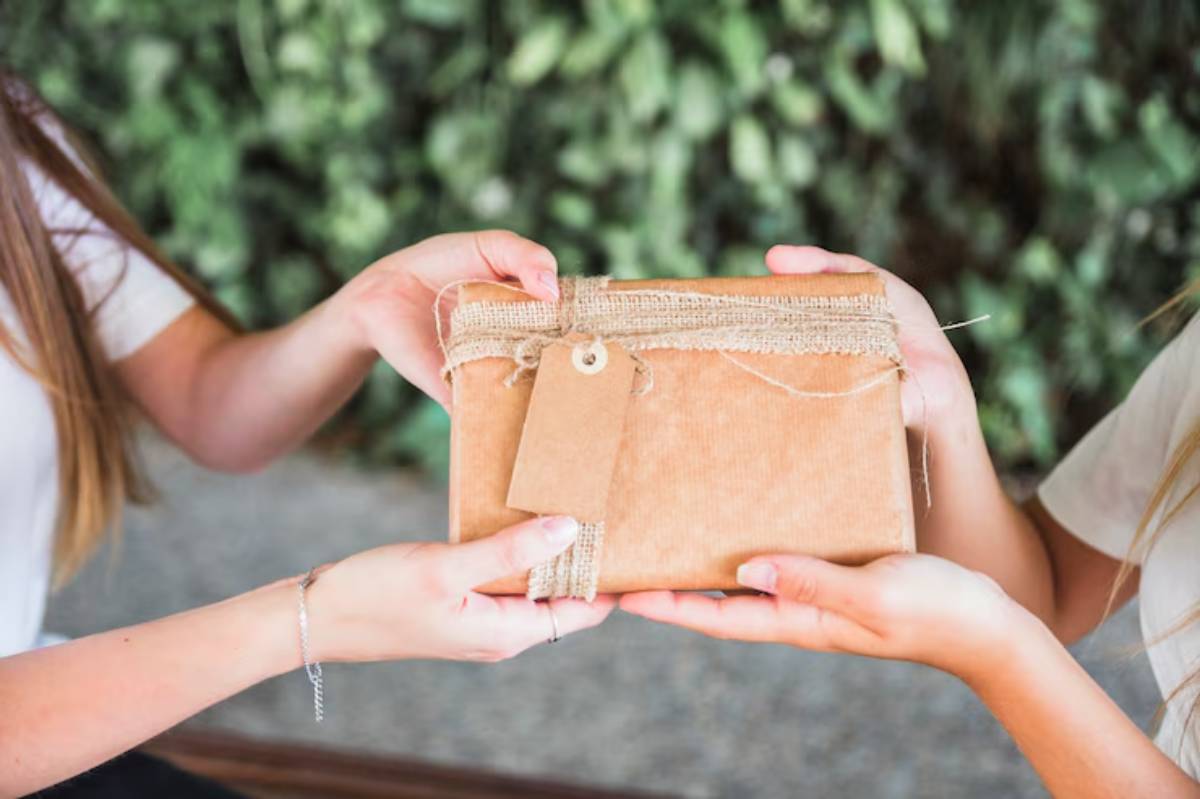
1. Don’t Just Trust the Label — Read It
If a tag says “eco-friendly”, look for specific certifications. The presence of a reputable certification speaks louder than generic claims.
2. Know the Language of Greenwashing
Phrases like:
- “All-natural fabric”
- “Conscious collection”
- “Eco-inspired”
…might sound good, but it means nothing without third-party verification.
3. Check the Brand’s Transparency
Many ethical brands will have a sustainability section on their website, listing the certifications they comply with and how they source their materials. No mention of it? That’s a red flag.
4. Use Certification Databases
Websites like GOTS or OEKO-TEX allow you to verify certification numbers or check which brands are approved. A few seconds of research can save you from being duped.
Common Fabrics and Their Certifications
Knowing which certifications apply to which fabrics can help you shop smarter.
| Fabric | Best Certification(s) |
| Organic Cotton | GOTS, OEKO-TEX, Fair Trade |
| Hemp | GOTS, Cradle to Cradle |
| Bamboo (real eco) | FSC, OEKO-TEX (if closed-loop processed) |
| Linen (organic) | GOTS, EU Ecolabel |
| Recycled Polyester | Global Recycled Standard (GRS), OEKO-TEX |
Want to explore a popular sustainable textile in depth? Take a look at our guide on why organic linen is trending in eco fashion to see how it’s revolutionising green wardrobes.
What to Do When Certifications Aren’t Available
Not all ethical brands use certifications, especially smaller ones, which may not afford the process. That doesn’t necessarily mean they’re not sustainable.
Here’s how to assess them:
- Ask questions: Email the brand about their supply chain or materials
- Look for transparency: Check if they disclose their processes or raw material origins
- Evaluate their values: See if they give back to the environment or local communities
Transparency should feel effortless. If a brand is being vague, it’s often by design.
Online Shopping Tips for Eco-Certified Fashion
With most shopping now done online, spotting the right certifications digitally is crucial.
When browsing:
- Use search terms like “GOTS certified dress” or “OEKO-TEX baby clothes”
- Zoom into label images, or request close-ups if shopping secondhand
- Read product descriptions thoroughly — some retailers list all certifications there
- Check brand pages that compile ethical items (e.g., Gather&See, Earth Wardrobe)
Shopping online also makes it easier to compare multiple pieces, prices, and certification claims side by side.
Why Certifications Aren’t the Final Word
While certifications are powerful tools, they aren’t a catch-all solution. Not all aspects of sustainability — like transport emissions, end-of-life recyclability, or packaging — are covered by fabric labels.
That’s why it’s worth thinking about your entire fashion habit, not just one piece.
To build a truly ethical wardrobe, consider practices like:
- Buying secondhand when possible
- Investing in long-lasting quality
- Swapping or renting clothes for occasional wear
If you’re new to secondhand shopping, our guide to shopping secondhand online successfully will walk you through the process.
Conclusion: Empower Your Wardrobe with Knowledge
Knowing how to identify eco-certified fabrics is a game-changer. It gives you the power to reject empty marketing, support ethical practices, and reduce your environmental impact, one purchase at a time.
The next time you shop, look past the pretty labels and delve into what truly makes a fabric sustainable. Armed with this guide, you’ll navigate the fashion aisles (or web tabs) with purpose and confidence.
So here’s your challenge:
Check the label of the next garment you buy. Does it have a trusted certification? If not, dig deeper. You have the tools now.
Have a favourite sustainable certification or story of spotting a greenwashed product?
